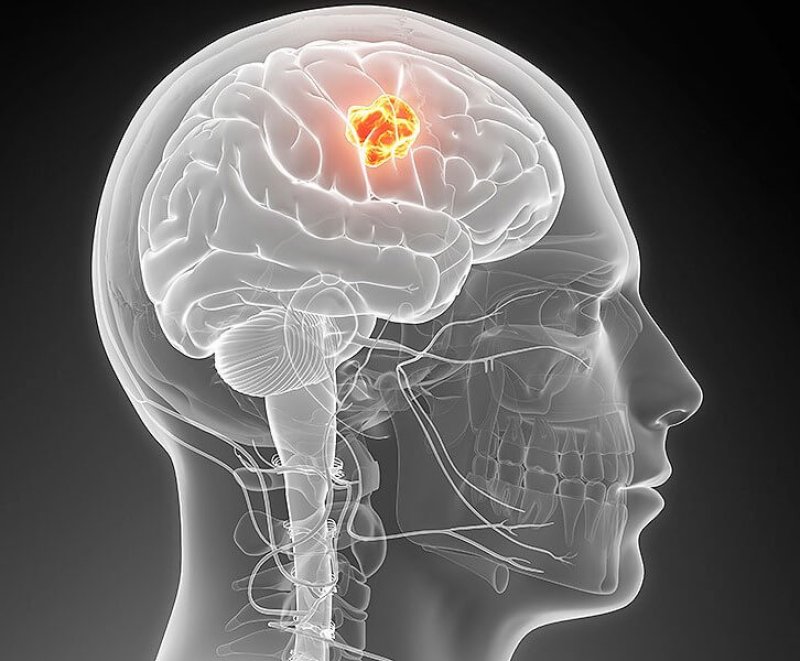Researchers have shown that electrical stimulation to the skull can starve brain cancers of vital nutrient-rich blood, opening the door to “brain zapping” as a new treatment for the often-fatal tumours.
Transcranial direct current stimulation (tDCS) applies a low intensity electrical current to the brain via electrodes on the scalp and is being investigated for a range of disorders including depression, speech loss after stroke, and the cognitive decline of Alzheimer’s disease.
…
A team from Harvard Medical School, US, and Italy’s University of Siena enrolled eight patients for the recent study. Six had glioblastomas – tumours that grow from the brain tissue itself – and two had metastatic cancers that had spread from the lung.
…
Each patient then had 20 minutes of tDCS while in a functional MRI scanner, which can monitor blood flow in the brain.
For such a brief intervention, the results were dramatic.
Blood flow to the tumour reduced by an average 36%, ranging from 26% in the patients with glioblastoma to 45% for the patients with metastases. Apart from some reported tingling when the stimulation began, which is common in tDCS, there were no reported adverse effects.
Read full, original post: Can ‘brain zapping’ tackle tumours?































